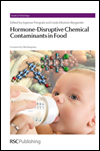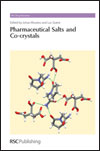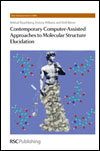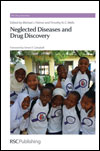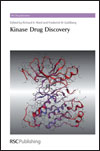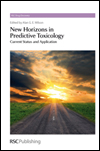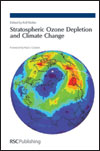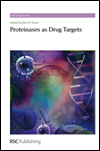Now Published in the Issues in Toxicology Series
Hormone-Disruptive Chemical Contaminants in Food
Edited by Ingemar Pongratz and Linda Vikstrom Bergander
Today we are surrounded by a multitude of different chemicals that are essential components of our everyday life. As a consequence there are various hazardous substances like dioxins, phthalates and flame retardants circulating in the environment. These have an impact on ecosystems, wildlife and possibly human health. In recent years the phenomenon called endocrine disruption has raised considerable concern.
In this exemplary new book the authors discuss the scientific basis of this issue using epidemiological and experimental in vitro and in vivo data about chemicals targeting the hormonal systems. It also provides an up-to-date review of international initiatives including (high throughput screening, use of model organisms and in silico applications) aiming to screen, detect and functionally test these chemicals.
The authors are highly experienced academics and acknowledged experts with both multidisciplinary and international expertise. The book provides and in depth review of this current field of food safety research describing many of the ‘hot topics’ currently under debate.


